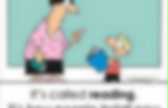

6 Open Educational Resources. There's a subtle but steady shift happening in classrooms across the nation.
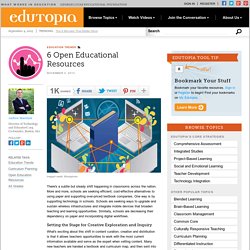
More and more, schools are seeking efficient, cost-effective alternatives to using paper and supporting over-priced textbook companies. One way is by supporting technology in schools. Schools are seeking ways to upgrade and sustain wireless infrastructures and integrate mobile devices that broaden teaching and learning opportunities. Similarly, schools are decreasing their dependency on paper and incorporating digital workflows. Setting the Stage for Creative Exploration and Inquiry What's exciting about this shift in content curation, creation and distribution is that it allows teachers opportunities to work with the most current information available and serve as the expert when vetting content.
The Mind of a Middle Schooler: How Brains Learn. In my last post, I began a celebration of brains and made the argument as to why teachers need to brush up on their knowledge of brains in order to reach that all-too-allusive 'tween noggin.
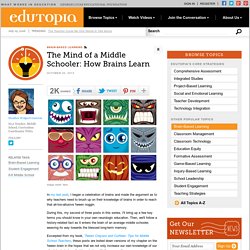
During this, my second of three posts in this series, I'll bring up a few key terms you should know in your own neurologic education. Then, we'll follow a history-related fact as it enters the brain of an average middle schooler, weaving its way towards the blessed long-term memory. 50 Web 2.0 Tools Your Students Want You to Use. Web 2.0 Tools - Elementary Toolbox. 7 Apps for Teaching Children Coding Skills. It's hard to imagine a single career that doesn't have a need for someone who can code.
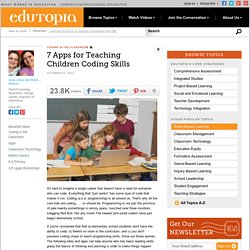
Everything that "just works" has some type of code that makes it run. Coding (a.k.a. programming) is all around us. That's why all the cool kids are coding . . . or should be. Programming is not just the province of pale twenty-somethings in skinny jeans, hunched over three monitors, swigging Red Bull. Helping Students with Identity Secrets. Image credit: iStockphoto Hidden Selves Jake's hands were clenched and he had a weak smile on his face when he told me the joke his friends were laughing about.
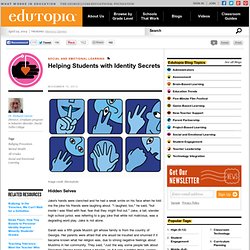
Building Brain Literacy in Elementary Students. Practice Makes Perfect For many students, the brain isn't a hot topic of conversation.
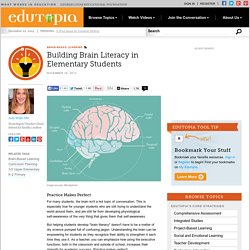
This is especially true for younger students who are still trying to understand the world around them, and are still far from developing physiological self-awareness of the very thing that gives them that self-awareness. But helping students develop "brain literacy" doesn't have to be a matter of dry science pumped full of confusing jargon. The Hour of Code 2013. Coding Across the Curriculum. "I think everybody in this country should learn how to program a computer because it teaches you how to think.

" - Steve Jobs The above quote is on the homepage of the coding website Tynker. Coding, formerly known as programming (I still remember teaching myself BASIC on my Commodore 64 back in the '80s!) , has once again returned to classrooms nationwide. A range of high-profile individuals, including Mark Zuckerberg, Bill Gates, Dr. Oz and Ashton Kutcher, among others, have lent their support to Code.org, a non-profit that advocates a return to coding in the classroom. Computer Science Education Week The Hour of Code will take place during the week of December 9-13, which happens to be Computer Science Education Week. A Brief History Nonetheless, Papert's vision is still strong today. What are you doing for CSEd Week / Hour of Code? 15+ Ways of Teaching Every Student to Code (Even Without a Computer) According to Code.org, 90 percent of parents in the U.S. want their children to learn computer science—it will be crucial for many jobs in the near future—but only 40 percent of schools teach it.
Critics claim that it is mainly the more affluent schools that offer computer science courses, thus denying those who attend poorer schools the chance to learn necessary skills.
Media. Open source tools. Digital Citizenship: Resource Roundup. Your essential ‘how-to’ guide to using Prezi in an academic environment. A New Literacies Dictionary. Newliteracy.jpg (JPEG Image, 728 × 546 pixels) Tpack.jpg (JPEG Image, 500 × 505 pixels) New literacies. New literacies generally refers to new forms of literacy made possible by digital technology developments, although new literacies do not necessarily have to involve use of digital technologies to be recognized as such.

The term "new literacies" itself is relatively new within the field of literacy studies (the first documented mention of it in an academic article title dates to 1993 in a text by David Buckingham).[1] Its definition remains open, with new literacies being conceptualized in different ways by different groups of scholars. For example, one group of scholars argues that literacy is now deictic, and see it as continually and rapidly changing as new technologies appear and new social practices for literacy emerge. (Leu, 2000). This group aims at developing a single, overarching theory to help explain new literacies (see, for example, Leu, O'Byrne, Zawilinski, McVerry, & Everett-Cacopardo, 2009; see also, below). Definitions: At Least Two 'Camps'[edit] Video games[edit]